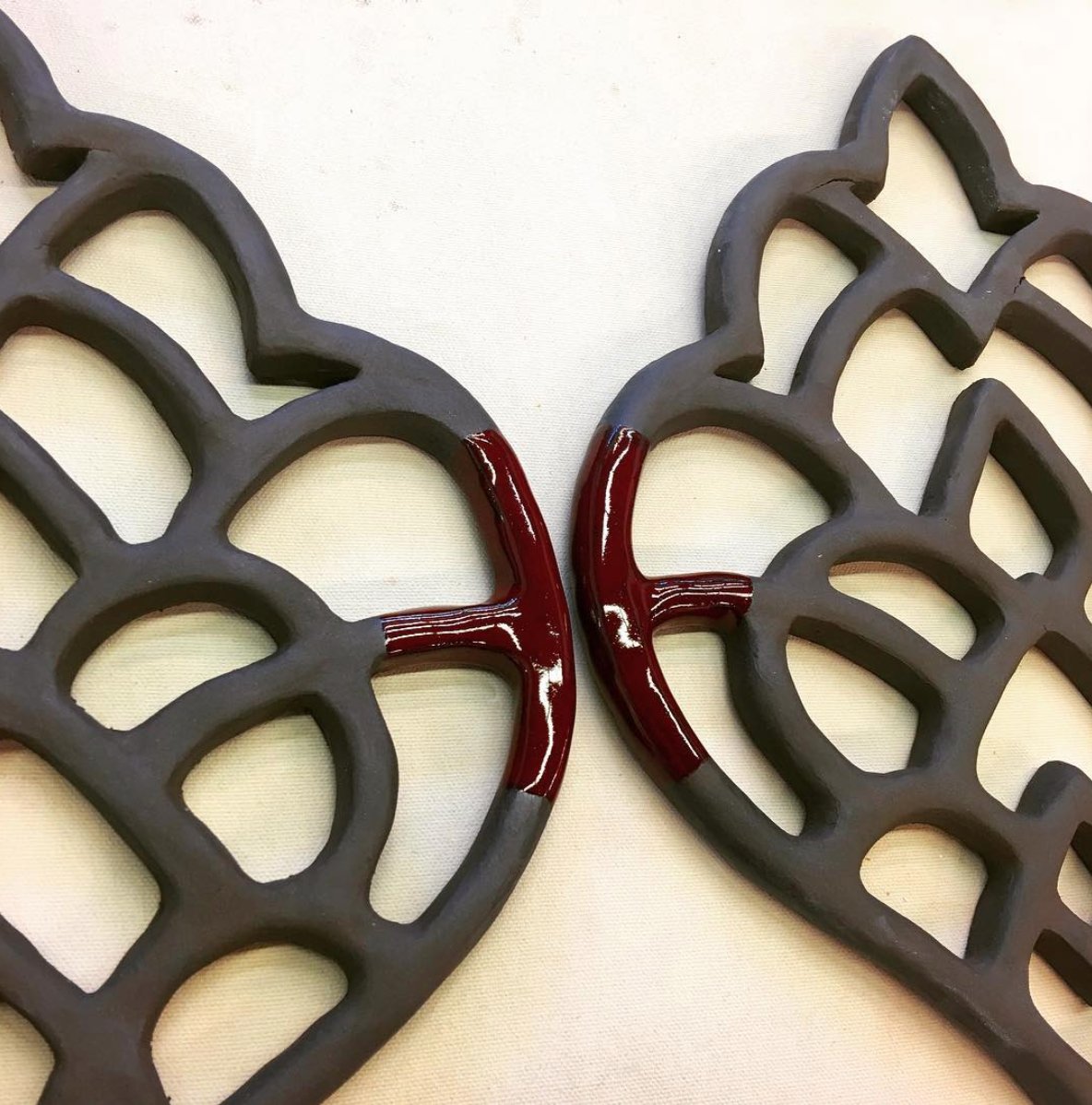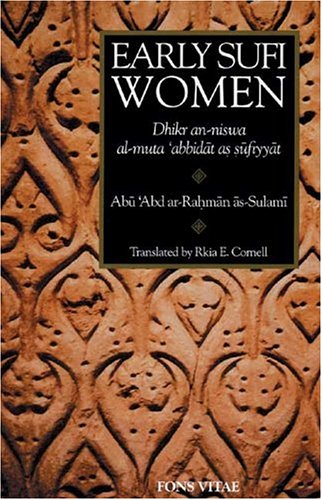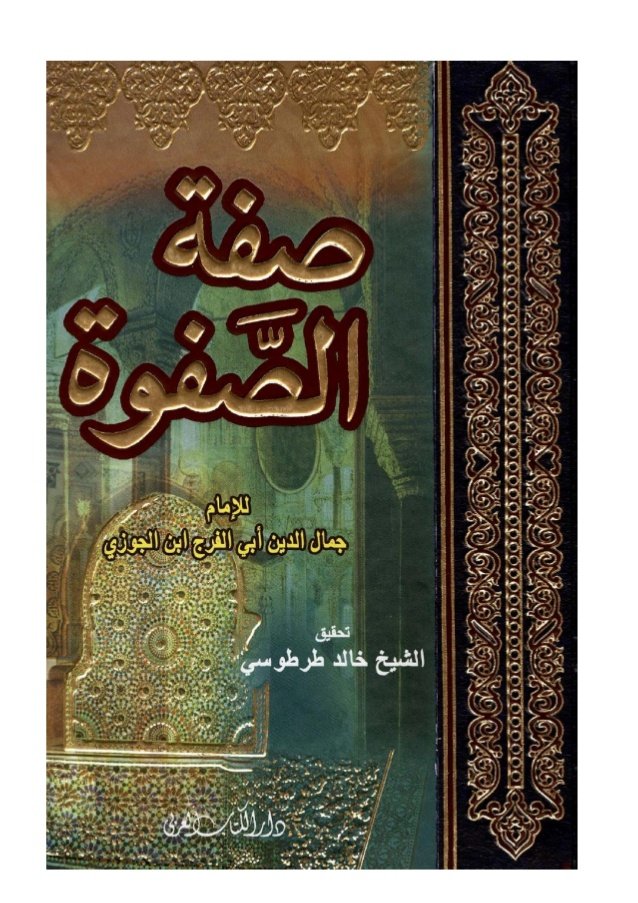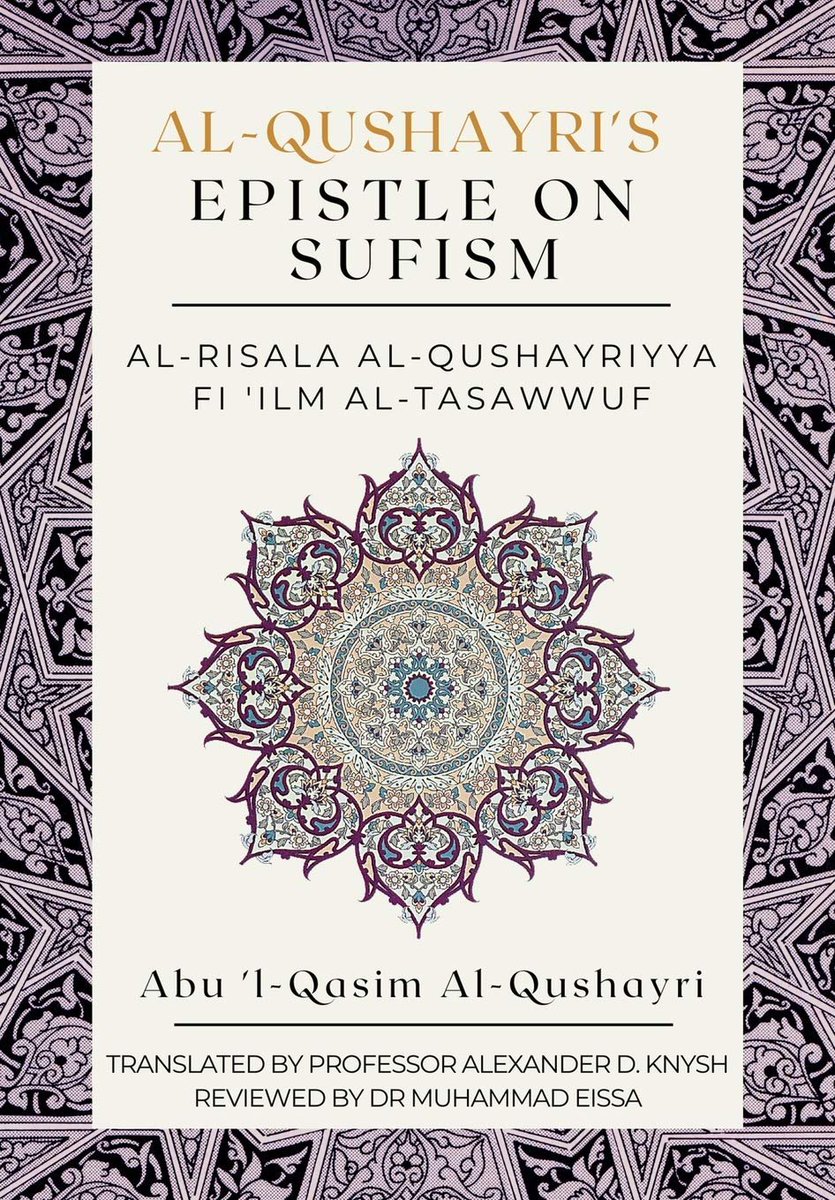
Sixth in my series on Hafsa bint Sirin. I continue the story of Hafsa’s life, here we touch on her elite status, her students, her hadith transmissions, and her personal losses (with a touch of plague). 

When we last left Hafsa, she earning her mother’s ire for taking her father’s side in his multiple marriages, especially the niece of Anas ibn Malik. The match raised him, and his children, to family of one of the Prophet’s companions.
https://twitter.com/waraqamusa/status/1383801004672491530?s=20
Sirin’s efforts to raise his and his family’s social status ensured his spiritually and intellectually precocious children, had every opportunity for success. It is, in part, on him that she was a guest of the Governor of Basra and took part in an elite legal debate while there.
By his efforts, Hafsa, her two sisters Umm Sulaym and Karima, and her brothers Muhammad and Yahya–not to mention her half-siblings–had access to the social, scholarly, and devotional circles of the Companions and Followers in Medina and Basra.
Hafsa became a respected teacher of Abu’l-ʿAliya’s recitation of the Qur’an and trusted transmitter of Hadith under Umm Atiyya and others. She was capable of transmitting legal interpretations based on both Our’an and Hadith.
So while we may suppose that she would be angered by her father’s marriage to Anas’ niece, I think she was not insensitive to the social, intellectual, and spiritual benefits of her father’s connections and that would have influenced how she perceived her father’s polygyny.
Hafsa had a number of regular male students who studied with her in her home. Her brother, Muhammad b. Sirin, is said to have referred his own students to her when they had a question on any matter of Qur’an recitation.
Her son, al-Hudhayl, also learned from her and had friendly relations with intellectual elites whom he most likely met through his mother, aunts, and uncles. The status that Sirin passed down to his children, extended to his grandchildren.
By all accounts, her students seemed to sit with her often at her home. At least one of them, Hisham ibn Hassan, became something of an adopted son to her and confidante after her biological son, al-Hudhayl, died.
Hafsa had female students, even though there is no mention of it in the literature (Hrm, why not?). Umm ʿAtiyya transmitted a number of reports to Hafsa on beautifying women’s corpses for burial that UʿA learned while laying out the dead in the Prophet’s community. See this book! 

Hadith were typically transmitted in real world situations. Just as her hadith on women’s mosque attendance was brought to bear in a moment of need, Hafsa’s transmissions of reports concerning death rituals were not repeated in a social or cultural vacuum.
Only women can prepare the bodies of other women for burial, and can also prepare the bodies of children. So her transmissions on death rituals suggest she probably performed them in her own community and taught other women in turn.
There would have been opportunity enough beyond the normal cycle of life; Basra went through periods of great hardship due to famine, plague, as well as pervasive diseases that took the lives of many children.
That said, Hafsa would not have taken part in preparing women’s bodies for the mass burials following the plagues the city suffered during her lifetime.
The dead were piled up in homes; burial rituals–if performed at all–were most likely left to the gravediggers after the plague had passed.
Hafsa and her family, like most inhabitants would have fled the city in the meanwhile. But evacuation was not enough to protect at least one member of her family.
Hafsa’s own beloved brother Yahya died in one of these plagues. She transmits a hadith through Anas concerning Yahya’s death that poignantly expresses the devastation and personal loss of the survivors.
When Anas heard that her brother had died of the plague, he consoled her with a hadith likening the victims’ and survivors’ suffering to the sacrifice of those who have died in battle, and so are promised a glorified state in the next world. She reported:
Anas asked [me], “What did Yahya die of?”
“The plague,” I answered.
He said, “The Messenger of God, may God bless him and grant him peace, said, ‘The plague is martyrdom for every Muslim’.”
“The plague,” I answered.
He said, “The Messenger of God, may God bless him and grant him peace, said, ‘The plague is martyrdom for every Muslim’.”
Hafsa grieved deeply over the death of her beloved son al-Hudhayl, too. She seems to have been a doting mother and he a devoted son.
Ibn al-Jawzi reports four stories that Hafsa shared with her student Hisham about her relationship with her son. She tells how al-Hudhayl would collect reeds in the summer to dry for use as fuel in the winter.
He was so thoughtful, that he would not allow her to use dung or dung and reed fires to keep her warm while she prayed at night. Although they burned steadily and longer, they produced an acrid smoke.
Instead, he would stay up with her on cold nights constantly feeding a quick-burning reed fire. She says with some pride in him that he collected so much that there was as much warmth as she could possibly want.
She says she urged him to spend the evening with his family instead with her keeping the fire going, but he continually refused, and so she relented.
(Wait, I thought the sources portrayed her as a worshipping recluse. I'm so confused. More on this next time).
In the morning, she would prayer her morning prayer, sleep, then wake-up for the midday prayer, when he would bring her a cup of fresh camel’s milk for breakfast.
She would refuse it saying that she was fasting, but he would leave it with her perhaps to serve to her guests or to break her fast at the end of the day.
After he died she said she had a lump in her throat that would not go away. Her grief was finally eased by a verse from the Qur’an. 

Next time, we’ll talk more about her relationship with her son, her home life, and her family and friendships and how all of this belies her treatment in the sources as a recluse and silent. 

And if you like the way I think about history--and wonder what it would be like if these women's lives were rendered into historically accurate murder mysteries modelled on the Sufi arc of human transformation, check out my Sufi Mysteries Quartet!
https://twitter.com/waraqamusa/status/1378004836629745667?s=20
The Sufi Mysteries, The Lover #1, and The Jealous #2 are available for download on all major e-book platforms (google, apple, kobo, B&N, and amazon). Paperback available through Amazon or on order from your local bookstore. amazon.com/dp/B07S9PDDXN/…
• • •
Missing some Tweet in this thread? You can try to
force a refresh












